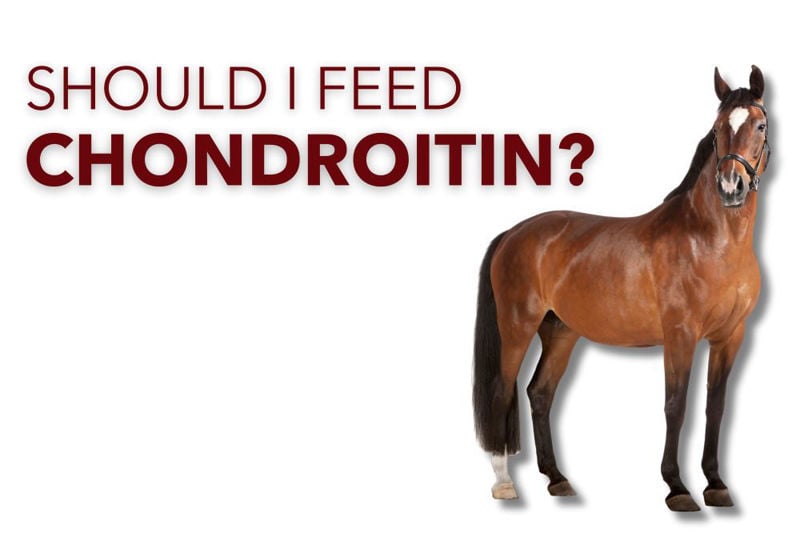What is Chondroitin and how does it work?
Chondroitin sulphate is a glycosaminoglycan (GAG) that helps support normal cartilage production. GAGs also form proteoglycans when combined with proteins which give articular cartilage its compression-resistant and shock absorbing properties.
Widely studied in humans, trials have shown that oral supplementation with chondroitin sulphate may play a role in reducing joint pain, and swelling, improving articular function and preventing narrowing of the joint space of the knees and fingers.
How does Chondroitin Supports Joint Health in Horses?
Chondroitin sulphate is often combined with glucosamine and mechanistic in vitro studies have demonstrated that, together, these compounds can contribute to reduced glycosaminoglycan degradation in horses.
One of the earliest recognisable signs, and a central feature to degenerative change in joints, is loss of glycosaminoglycans from articular cartilage. Nitric oxide is a molecule that has several functions in the body, but in joints activates cartilage-degrading enzymes. Both glucosamine and chondroitin sulphate can inhibit production of nitric oxide. As such, increasing levels of both chondroitin sulphate and glucosamine through supplementation may be a potential avenue to support maintenance of optimal joint health.
Should I feed Chondroitin to your horse?
As horses age, and due to injury and general 'wear and tear', articular cartilage degrades reducing joint movement and compromising mobility. Competition horses are at higher risk of joint issues due to extra wear and tear compared to leisure horses. Reducing cartilage degradation and supporting normal maintenance of cartilage turnover is likely to increase range of motion, stride length and provide symptomatic relief to veteran horses suffering with potential joint issues.
For any advice or questions you may have, please don't hesitate to reach out to our expert nutrition team. You can call 0800 585525 Monday-Friday 8:30am-5:00pm. Email [email protected], or send us a DM on social media.


